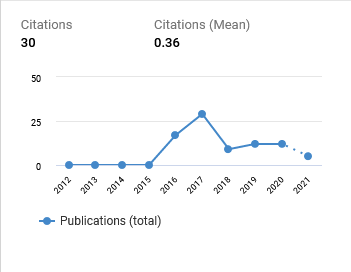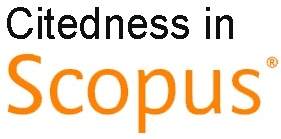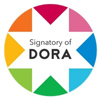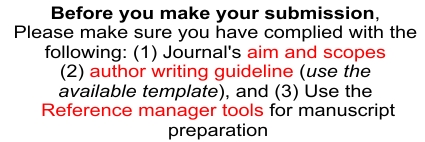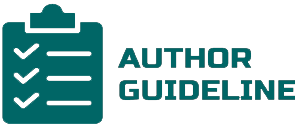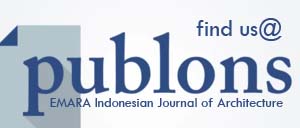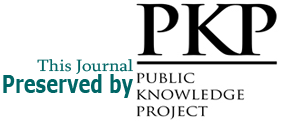Land Use Changes in Karama Village as The Impact of Community Economic Activities
DOI:
https://doi.org/10.29080/eija.v5i2.681Keywords:
economic activities, fisherman settlement, karama village, land-use, Mandar cultureAbstract
The fishing settlements in Karama Village have different characteristics from other settlements because this village still maintains Mandar culture in terms of physical and non-physical aspects such as weaving lipa 'saqbe activities, fisherman cultural rituals, sandeq races, and other cultural rituals that are carried out every year. But as it develops, its existence can experience a shift. This can happen when a community's economic activities affect other cultures, either on purpose or by accident. This study aims to find out how the cultural value of the community in Karama Village has changed, especially in terms of community economic activity. It will do this by looking at land-use change, figuring out how it has changed in Karama Village because of community economic activity and coming up with policy ideas for dealing with land-use change issues in Karama Village. The study results indicate that Karama Village's administration and land use have changed. For example, 74% of the buildings have switched from residential to commercial or industrial use. Eighteen percent of buildings got more prominent because of economic activity in the neighborhood. While 28% of buildings don't add to their building area, they use their public land for business. This change has big effects on the social and economic activities mentioned in the cultural element and related to the economy or people's ways of making a living.
Downloads
References
Ardhiansyah, N., Widyastuti, D. A. R., & Septiari, E. D. (2019). Perubahan tata guna lahan kampung Prawirotaman kota Yogyakarta sebagai dampak keberadaan kawasan komersial. ARTEKS : Jurnal Teknik Arsitektur, 3(2), 131–138. doi: 10.30822/arteks.v3i2.66
Berke, P., Godschalk, D. R., Rodríguez, D. A., & Kaiser, E. J. (2006). Urban Land Use Planning (Forth). Ilinois: University of Illinois Press.
Darjosanjoto, E. T. S. (2012). Penelitian arsitektur di bidang perumahan dan permukiman (1st ed.). Retrieved from https://opac.perpusnas.go.id/DetailOpac.aspx?id=999456
Dwiyanti, I., & Dewi, D. I. K. (2013). Kajian Perkembangan Guna Lahan Terkait dengan Perdagangan dan Industri Batik di Desa Trusmi Kulon, Plered, Kabupaten Cirebon. Ruang, 1(2), 221–230.
Gani, T. H. (2004). Perubahan Pola Penggunaan Lahan Kota Binjai Berdasarkan Hubungan Penggunaan Lahan Dengan Pertumbuhan (Master Theses, Universitas Sumatera Utara). Retrieved from http://repository.usu.ac.id/handle/123456789/4644
Handoko, J. P. S. (2015). Perkembangan Spasial Permukiman di Kawasan Tumbuh Cepat Studi Kasus Desa Umbulmartani, Kecamatan Ngemplak Kabupaten Sleman. Jurnal Teknik Sipil Dan Perencanaan, 17(1), 7–16. doi: 10.15294/jtsp.v17i1.6872
Jayadinata, J. T. (1999). Tata guna tanah dalam perencanaan pedesaan, perkotaan, dan wilayah. Penerbit ITB.
Lynch, K., & Hack, G. (1984). Site Planning (3rd Ed). Massachussets: MIT Press.
Maru, R., Nasaruddin, N., Ikhsan, M., & Laka, B. M. (2016). Perubahan Penggunaan Lahan Kota Makassar Tahun 1990-2010. Sainsmat : Jurnal Ilmiah Ilmu Pengetahuan Alam, 4(2), 113–125. doi: 10.35580/sainsmat4218622015
Mastutie, F., Supardjo, S., & Prijadi, R. (2016). Ruang Publik pada Permukiman Padat Kota di Kawasan Pesisir. PROSIDING TEMU ILMIAH IPLBI 2016, G197–G202. Retrieved from https://temuilmiah.iplbi.or.id/wp-content/uploads/2016/12/IPLBI2016-G-197-202-Ruang-Publik-Pada-Permukiman-Padat-Kota-di-Kawasan-Pesisir-0.pdf
Rapoport, A. (1969). House form and culture. Michigan: Prentice-Hall.
Setiawan, B., & Rudiarto, I. (2016). Kajian Perubahan Penggunaan Lahan dan Struktur Ruang Kota Bima. Jurnal Pembangunan Wilayah & Kota, 12(2), 154–168. doi: 10.14710/pwk.v12i2.12892
Snyder, J. C., & Catanese, A. J. (1985). Introduction to architecture. McGraw-Hill.
Wardani, D. W., Danoedoro, P., & Susilo, B. (2016). Kajian Perubahan Penggunaan Lahan Berbasis Citra Satelit Penginderaan Jauh Resolusi Menengah dengan Metode Multi Layer Perceptrondan Markov Chain. Majalah Geografi Indonesia, 30(1), 9–18. doi: 10.22146/mgi.15605
Warsilan, W. (2019). Warsilan (2018) Dampak Perubahan Guna Lahan Terhadap Kemampuan Resapan Air (Kasus: Kota Samarinda). Jurnal Pembangunan Wilayah & Kota, 15(1), 70–82. doi: 10.14710/pwk.v15i1.20713
Yin, J., Yin, Z., Zhong, H., Xu, S., Hu, X., Wang, J., & Wu, J. (2011). Monitoring urban expansion and land use/land cover changes of Shanghai metropolitan area during the transitional economy (1979–2009) in China. Environmental Monitoring and Assessment, 177(1), 609–621. doi: 10.1007/s10661-010-1660-8

Downloads
Published
How to Cite
Issue
Section
Categories
License
Copyright (c) 2019 Nur Adyla Suriadi, Nurgadima Achmad Djalaluddin, Muhammad Aswad

This work is licensed under a Creative Commons Attribution-ShareAlike 4.0 International License.
- Authors retain copyright and grant the journal right of first publication with the work simultaneously licensed under a Creative Commons Attribution ShareAlike License that allows others to share the work with an acknowledgment of the work's authorship and initial publication in this journal.
- Authors are able to enter into separate, additional contractual arrangements for the non-exclusive distribution of the journal's published version of the work (e.g., post it to an institutional repository or publish it in a book), with an acknowledgment of its initial publication in this journal.
- Authors are permitted and encouraged to post their work online (e.g., in institutional repositories, pre-print sites, or on their website) prior to and during the submission process, as it can lead to productive exchanges, as well as earlier and greater dissemination of published work.





